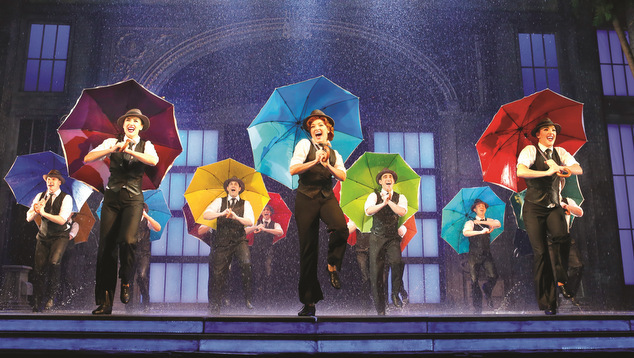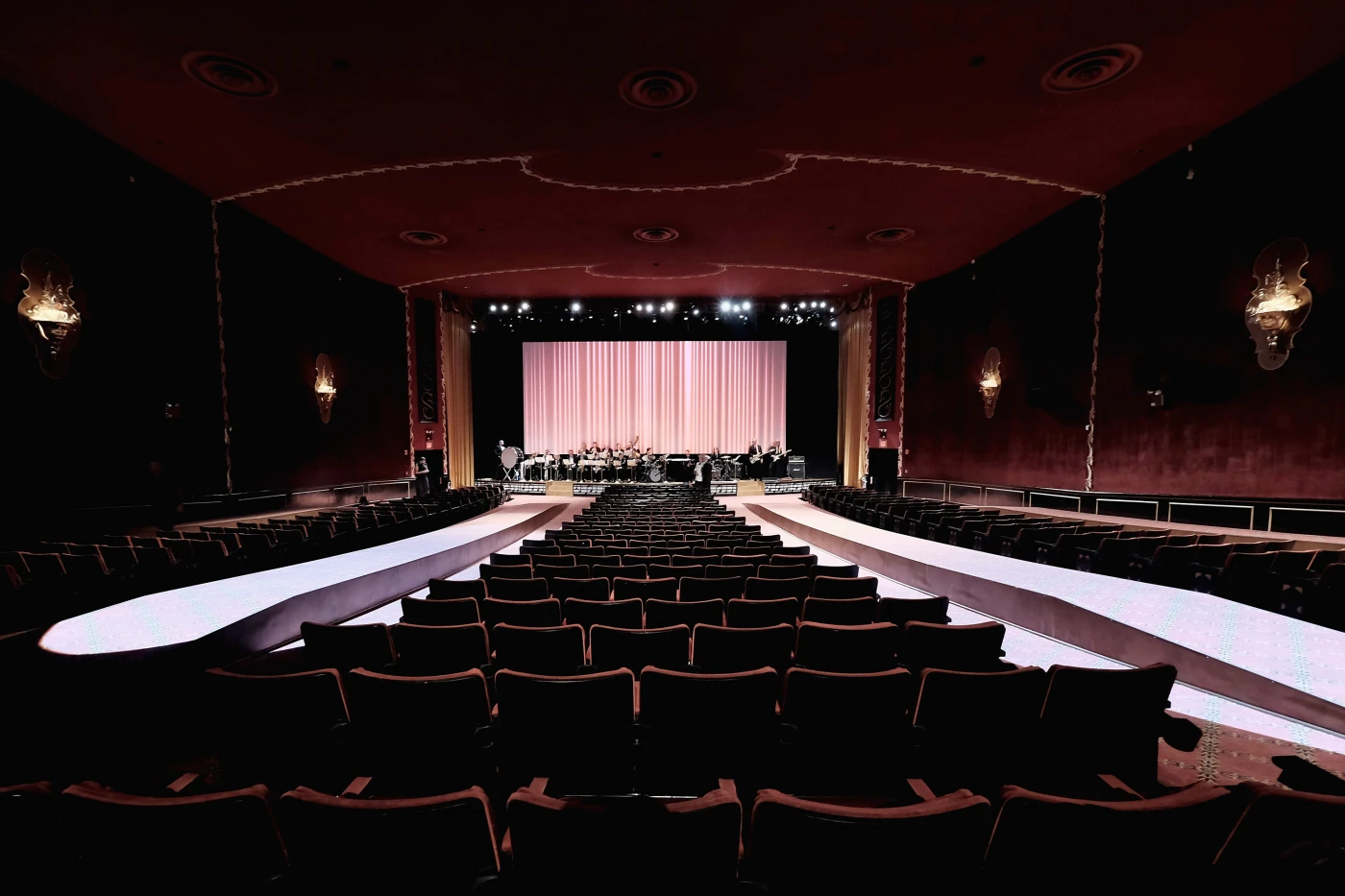MAKE IT RAIN: HOW STAGE PRODUCTION POURS REALISM ON STAGE WITH WEATHER EFFECTS

The rainy season calls to mind stage favorites that have mesmerized with immersive experiences thanks to innovative technology and creative ideas.
Theater, throughout the decades, has not only served as avenues for creative expression through song and dance. It has given other elements of stage production to exhibit artistry, be it through costume design, stage engineering, or lighting effects. One of the most delicate pieces of stage business is adding the element of water.
Water, even in small amounts, can be difficult to handle during line delivery and action. It could cause electric hazards onstage given the need for electrical equipment such as lapel microphones attached to the actors and actresses and other similar gadgets and machines. Even using bubbles can be quite challenging due to the unpredictable nature of gravity. What more if stories require weather elements such as rain, flood, or even as small as puddles on the floor?

With narratives such as those by Rak of Aegis and Singin’ in the Rain, it would be impossible not to use real water to transport audiences to the extraordinary worlds of their stories. In a video published online by Sydney Theater Co., Head of Props Alex Stuart gives a masterclass on making it rain in the theater. He lists down essential components of producing rain: supply and pressure, delivery, and collection.
SUPPLY AND PRESSURE
Of course, it is essential to have a reliable source of water. Rak of Aegis employs 33 drums of water for each performance. Pressure also matters as it directs the level of aggression of the play’s weather component. Without it, the flow of water will delay the arrival of water and could, in turn, disrupt the scene.
DELIVERY
As for delivery, Alex shares that for most theatric presentations, the entry of water on stage is often more specific than assumed. Instead of randomly placing showerheads, stage engineers manipulate pipes and nozzles and create architectured devices to have a more intentioned direction of the water. This method creates rains with specific rainfall lengths and raindrop circumferences.
COLLECTION
The most crucial part of staging rain is the collection. Without it, the stage could be an occupational hazard for everyone involved. Creating gutters, drainage, tanks, and other forms of aqueducts to manage the flow and redirect it to a safe space needs a lot of planning and engineering know-how. This ensures the safety of both actors and audiences.
As we stay at home in the next few weeks, don’t let the rain get you down. Grab a cup of cocoa, and watch your favorite rainy day musicals to keep your spirits up despite the occasion. Sing Tomorrow! with Annie, be a proper lady with The Rain in Spain from My Fair Lady, or enact Eponine’s scene in Les Miserables with A Little Fall of Rain. As Barbra Streisand reminds us in Funny Girl, don’t let anything rain on your parade.
For more information, contact inquire.cpat@ayalaland.com.ph or call via (+63917) 804.9336.



Be in the know
Stay up to date with our latest news and events



